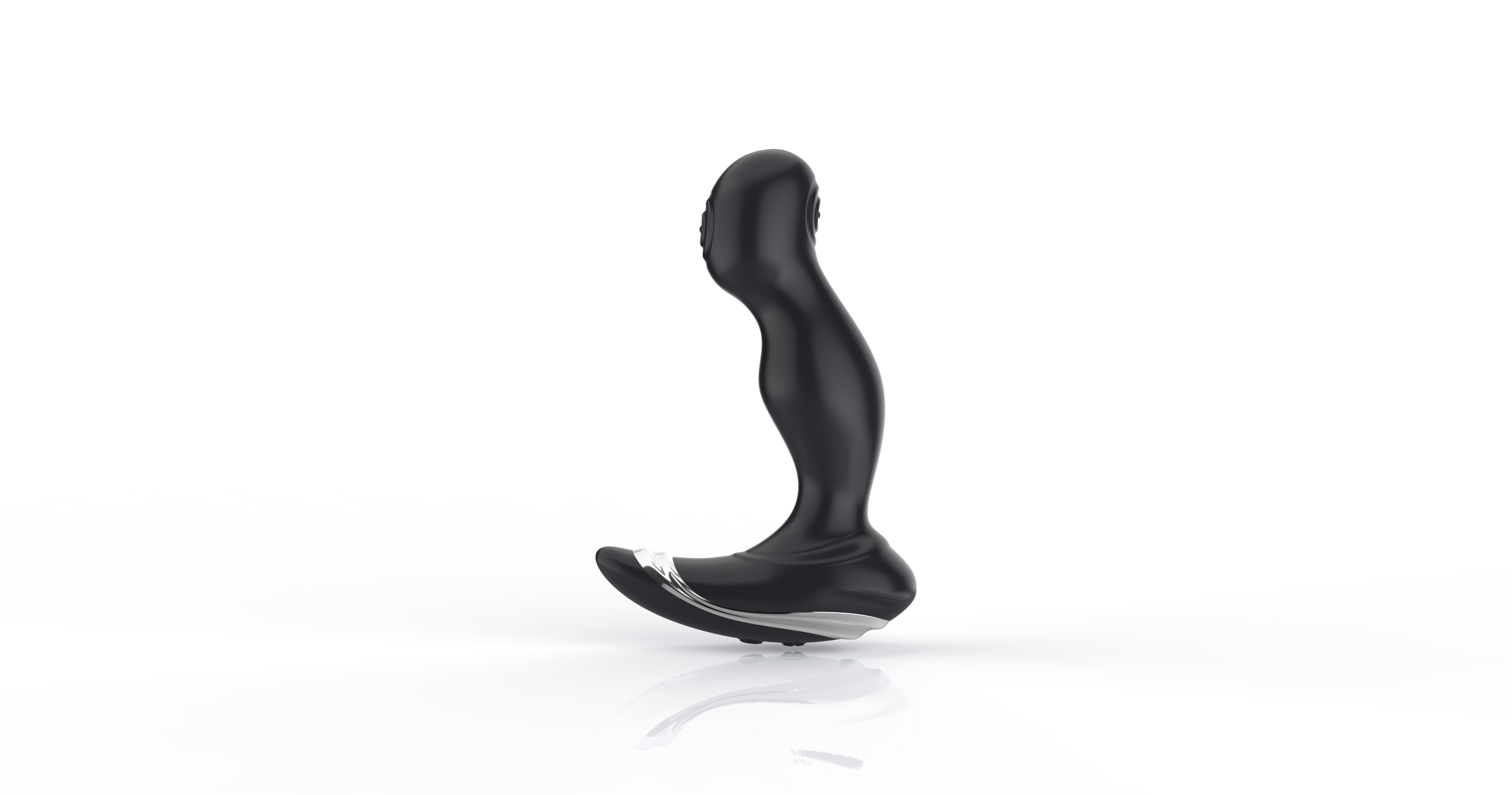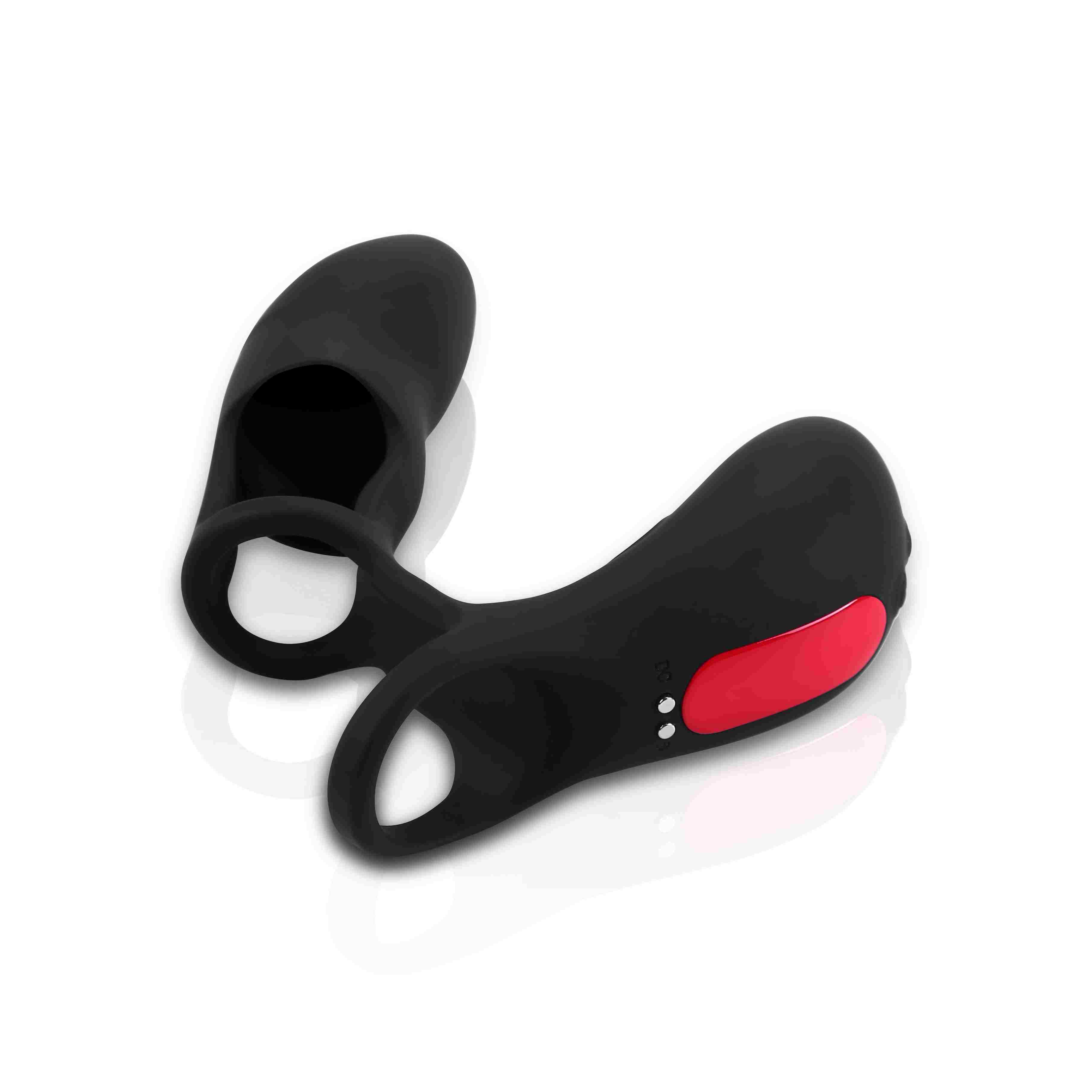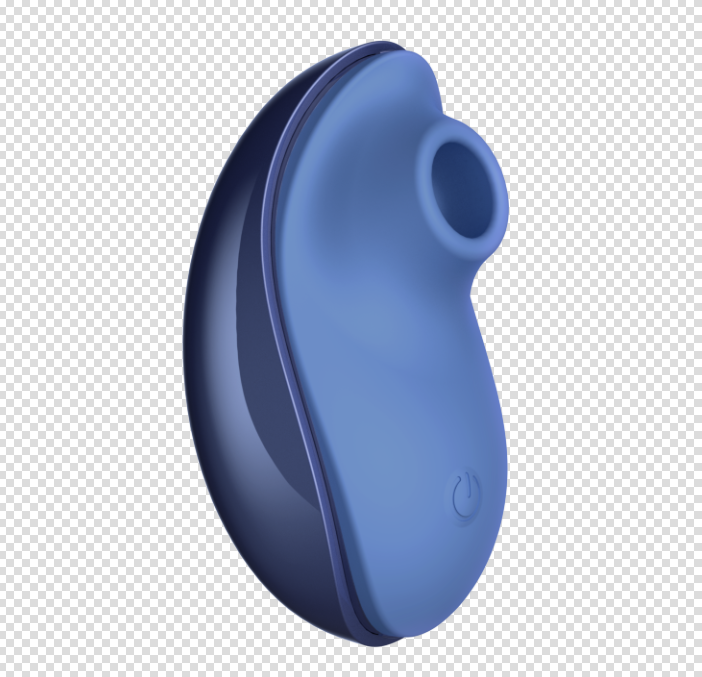Why Is Inclusive Design Revolutionizing the Adult Toy Market?
Problem: For decades, adult toys were designed with rigid stereotypes: vibrators marketed solely to women, masturbators aimed only at men, and little consideration for diverse needs.
This exclusionary approach alienated users seeking products that align with their identities, beliefs, or relationship dynamics.
Solution: The rise of inclusive design is reshaping the industry—prioritizing accessibility, gender neutrality, and cultural sensitivity while integrating cutting-edge tech like interactive features.
What’s Driving the Demand for Inclusive Adult Toys?
The global adult toy market is projected to reach $52.7 billion by 2028 (Grand View Research), fueled by shifting cultural attitudes. Key trends include:Destigmatization: 43% of men now openly use sex toys ( Kinsey Institute ), breaking the "taboo" around male self-care.
Gender-neutral innovation: Products like app-controlled vibrators cater to all genders, while ergonomic designs accommodate varied anatomies.
Ethical customization: Brands now offer Christian-friendly toys (discreet packaging, scripture-inspired aesthetics) and interactive couples’ devices for long-distance intimacy.
This evolution reflects consumer demands for personalization, privacy, and emotional connection.
Curious how these trends impact your choices? Let’s explore the data-driven details.

1. Why Are More Men Using Sex Toys, and What Do They Want?
Historically, male-focused products emphasized solo use (e.g., strokers). Today’s buyers seek:Discreet designs: Compact sleeves with noise-reduction tech (e.g., TPE silicone layers).
Tech integration: Bluetooth-enabled toys synced to VR porn or partner-controlled apps.
Health benefits: Products promoting prostate wellness, with FDA-compliant materials.
Example: The Tenga Flip Zero’s hinge design simplifies cleaning—a top concern in forums like r/SexToys.
2. How Are Women’s Needs Shaping Modern Toy Design?
Women dominate 68% of the market (Statista), driving innovations like:Medical-grade safety: Phthalate-free silicone, tested per EU REACH standards.
Adaptive features: Variable vibration patterns for menopausal users or post-pregnancy sensitivity.
Aesthetic inclusivity: Skin-tone ranges expanding beyond "pink vs. purple," with brands like Dame offering olive/mocha hues.
Forum threads (e.g., Lovehoney community) emphasize demand for non-phallic shapes that avoid gendered symbolism.
3. Can Interactive Sex Toys Strengthen Relationships?
Yes—especially for millennials. Key features:Long-distance connectivity: We-Vibe’s app lets partners control toys globally, with real-time haptic feedback.
Biocompatibility: Antimicrobial coatings (e.g., silver ion tech) ensure safety during shared use.
Data privacy: GDPR-compliant apps with end-to-end encryption address security fears noted on Reddit.
4. What Defines a “Christian Sex Toy,” and Who Buys Them?
This niche targets faith-driven consumers seeking:Discretion: Neutral packaging (no explicit imagery) and names like "Marital Aid Kit."
Theological alignment: Products endorsed by progressive Christian counselors, focusing on marital bonding.
Charity ties: Brands like Covenant Spice donate profits to family-focused nonprofits.
Surveys show 29% of religious couples own toys but avoid mainstream retailers due to stigma.

5. How Do Manufacturers Ensure Quality in Inclusive Designs?
As a China-based producer meeting ISO 9001 standards, we prioritize:Material safety: Dual-density silicone (shore 00-30/50) for durability and comfort.
User testing: Panels with diverse body types/abilities refine prototypes.
Ethical production: No underpaid labor; BPA-free certifications displayed openly.
Conclusion:
The Future of Adult Toys Is Personalized, Private, and Pluralistic
From interactive sex toys bridging intimacy gaps to faith-sensitive designs, inclusivity isn’t a trend—it’s the new standard. As cultural barriers fall, manufacturers must innovate ethically, ensuring every user feels seen, safe, and satisfied.




